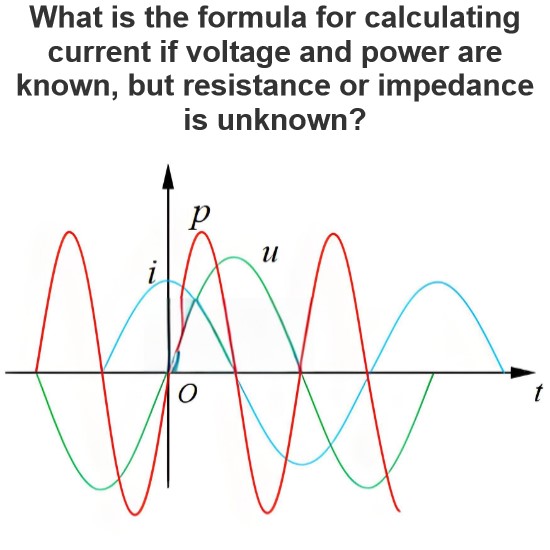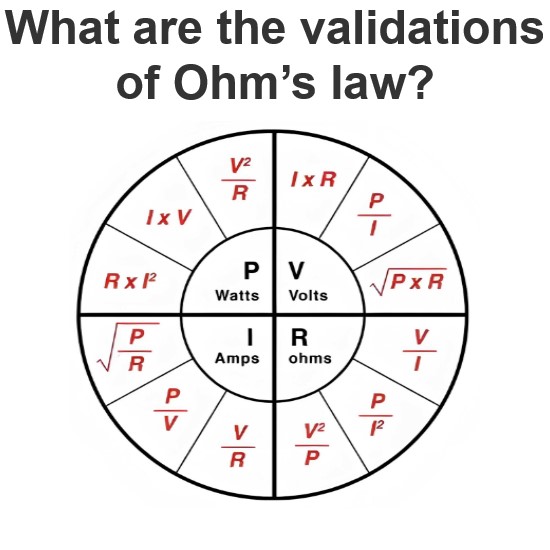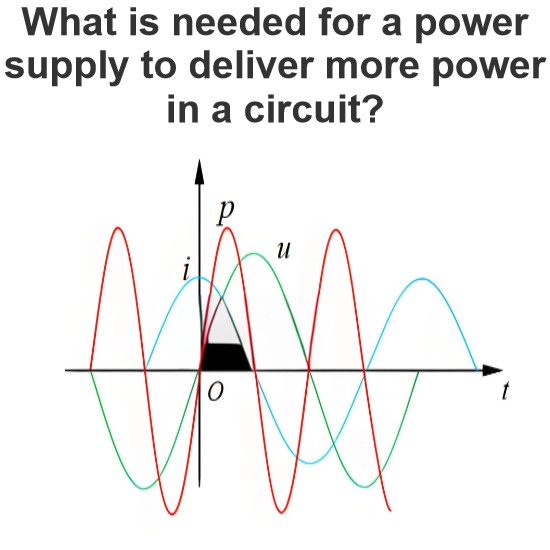Joule’s Law of Heating
When current flows through an electric circuit, the collision between the electrons and atoms of wire causes heat to be generated. How much heat is generated during current flowing through a wire and on what conditions and parameters do the heat generation depend? James Prescott Joule an English physicist, coined a formula which explains this phenomenon accurately. This is known as Joule’s law.

What is Joule’s Law of Heating
The heat which is produced due to the flow of current within an electric wire, is expressed in unit of Joules. Now the mathematical representation and explanation of Joule’s law is given in the following manner.
The amount of heat produced in a current conducting wire, is proportional to the square of the amount of current that is flowing through the wire, when the electrical resistance of the wire and the time of current flowing are constant.
The amount of heat produced is proportional to the electrical resistance of the wire when the current in the wire and the time of current flowing are constant.
The heat generated due to the flow of current is proportional to the time of current flowing, when the electrical resistance and the amount of current is constant.

When these three conditions are merged, the resulting formula is like this –

Here, ‘H’ is the heat generated in Joules, ‘i’ is the current flowing through the conducting wire in ampere and ‘t’ is the time in seconds. There are four variables in the equation. When any three of these are known the other one can be calculated. Here, ‘J’ is a constant, known as Joule’s mechanical equivalent of heat. Mechanical equivalent of heat may be defined as the number of work units which, when completely converted into heat, furnishes one unit of heat. Obviously, the value of J will depend on the choice of units of work and heat. It has been found that J = 4.2 joules/cal (1 joule = 107 ergs) = 1400 ft. lbs./CHU = 778 ft. lbs/B Th U. It should be noted that the above values are not very accurate but are good enough for general work.

Now according to Joule’s law I2Rt = work done in joules electrically when I ampere of current are maintained through a resistor of R ohms for t seconds.

By eliminating I and R in turn in the above expression with the help of Ohm’s law, we get alternative forms as.
Statement: Respect the original, good articles worth sharing, if there is infringement please contact delete.
Electrical4U is dedicated to the teaching and sharing of all things related to electrical and electronics engineering.















